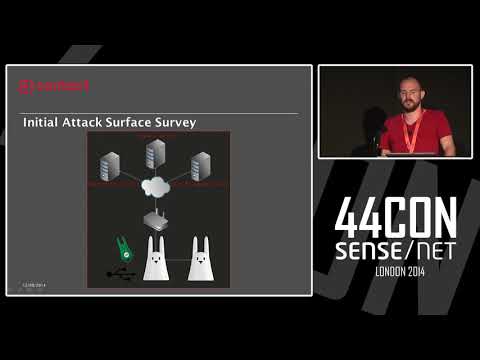Description:
Explore the intricacies of hacking an internet-enabled rabbit-like device in this 40-minute conference talk from the 44CON Information Security Conference. Delve into ARM exploitation techniques, including reverse engineering, cross-compiling, protocol analysis, and exploit development. Follow the speaker's journey through authentication bypass, jump table corruptions, and heap overflows, leading to unauthenticated ear wiggling exploits and remote code execution vulnerabilities. Learn about the processes and procedures used to identify and exploit vulnerabilities in the Karotz "smart companion," covering topics such as firmware analysis, off-target vulnerability research, debugging tools, Google Protocol Buffers, and authentication mechanisms. Gain insights into the ethical implications and practical applications of IoT device security research.

Hacking an Internet Enabled Lagomorph
Add to list
#Conference Talks
#44CON
#Information Security (InfoSec)
#Cybersecurity
#Ethical Hacking
#Reverse Engineering
#IoT security
#IoT Device Security